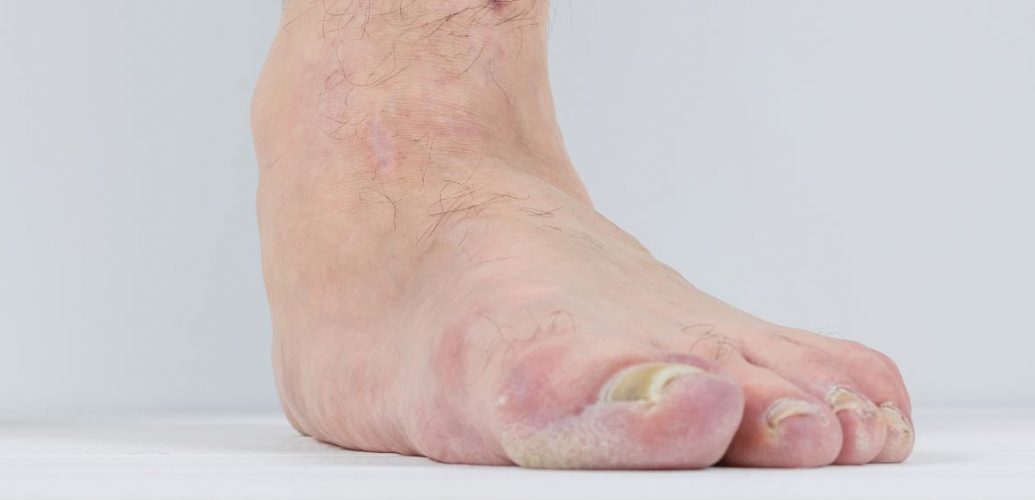There is so much nonsense written about overpronation. I have written plenty on it. So many myths and misconceptions, especially from people who should know better.
Firstly, “overpronation” is not a diagnosis and there is no consensus as to even what it is. Pronation (rolling in medially at the ankle and lowering of the arch) is a normal motion, so “overpronation” could be considered when there is too much of that pronation. However, when it goes from normal to too much is not known. There are plenty of people who massively “overpronate” and do not have problems.
Secondly, yes, “overpronation” (however you define it) does increase the risk for a running injury. Every recent systematic review and meta-analysis has conformed that. However, while the risk is statistically significant, it is only a small risk. This means that it is a factor in running injury, but that there are other and more important factors in running injury.
Thirdly, there are multiple causes of “overpronation”, so if something needs to be done about it, there is not going to be one approach. Anyone who advocates what to do about “overpronation” with one approach have no clue what they are talking about.
Fourthly, running shoe prescription and marketing was historically based on the pronation model and this is no longer appropriate, based on the published evidence.
Having said all that there is still a significant place for the running shoes that are designed for the “overpronator”. Clinically, I still do advise a lot of runners to get into a shoe with motion control features and likewise I advise a lot not do. Those that benefit the most are those with a more medially located subtalar joint axis and they really need the medially posted midsole design feature in running shoes. This moves the center of pressure more medially to get a better lever arm to the joint axis.
There is still a place for running shoes with design features for “overpronation”.

